The new Honda NSX supercar may be the hero of the Japanese brand’s expanding alternative energy family, but it’s the all-new Honda Clarity that’s got the potential to shape the future of automotive propulsion technology like no other car in the brand’s line-up â€" and it’s got the whole industry talking.
The star of Honda’s 2015 Tokyo motor show stand, the Clarity is the company’s third-generation hydrogen fuel cell vehicle after the FCX of 2002 and the FCX Clarity of 2008. While the intents of those two were largely experimental, the new Clarity has far more mainstream ambitions.
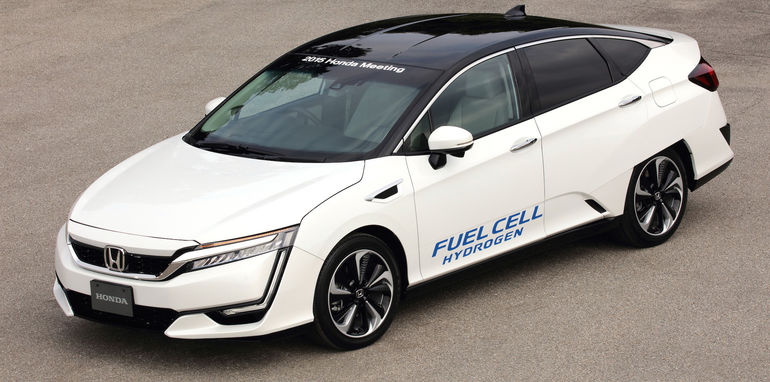
It will go on sale in Japan early next year, and will be introduced to the US and select European markets in 2017. Despite its enthusiasm for the Clarity, Honda Australia won’t be selling it here any time soon, as hydrogen refuelling infrastructure and government incentives are yet to be established in our country.
Despite this, our visit to Honda’s global research and development headquarters in Tochigi, Japan this week gave us the chance to be among the first in the world to get behind the wheel of the forward-looking production car.
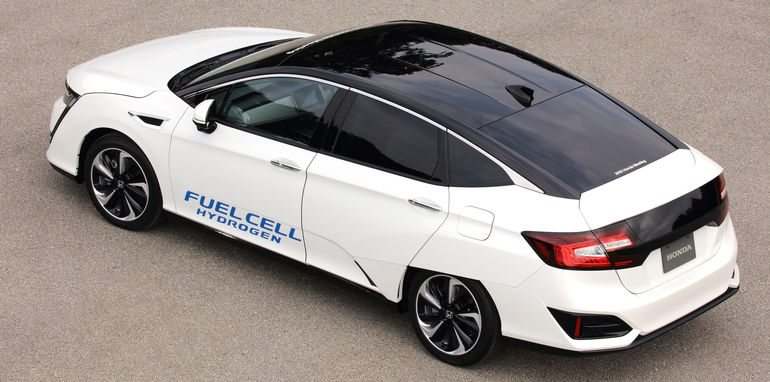
On the outside, the Clarity looks just like any other mid-sized sedan â€" albeit with the most in-your-face interpretation of the company’s design language to date. Compared with the Accord sedan, the Clarity measures just 10mm longer and taller and 25mm wider.
Honda has increased its third-gen fuel cell’s output density by 60 per cent while shrinking the whole system by 33 per cent, making it now equivalent in size to the brand’s 3.5-litre V6 petrol engine and capable of being packaged entirely under the bonnet.
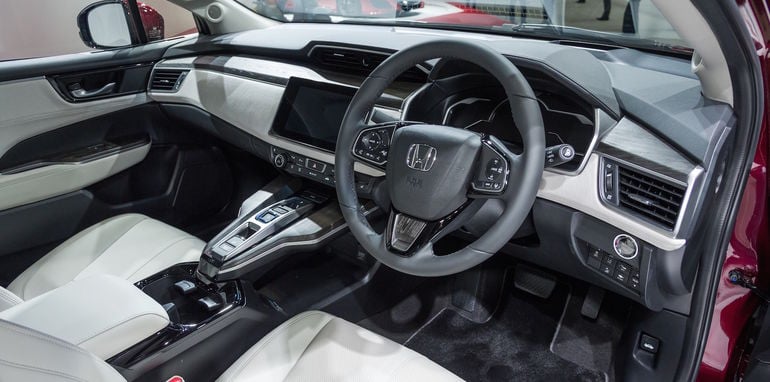
This benefits the cabin, where the Clarity boasts five seats â€" one more than its key hydrogen-powered rival, the Toyota Mirai. Five comfortable seats, too, with plenty of headroom and legroom for passengers in the back.
The dashboard is minimalist and modern, with a large centrally mounted touchscreen display and gear selector buttons, while quality is also impressive, with leather, suede, piano black plastic and real wood lining most surfaces.
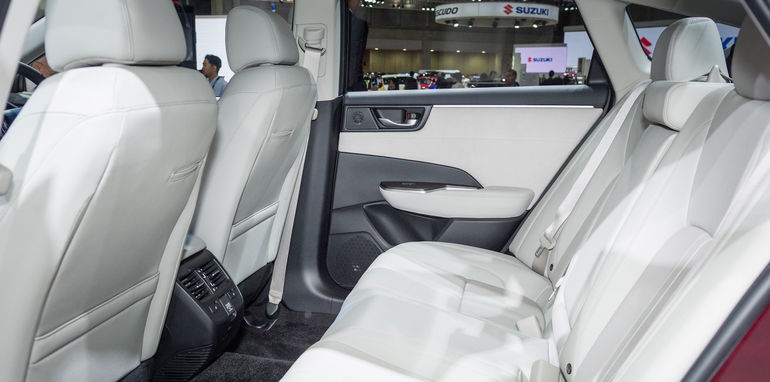
The Clarity’s drink of choice is made obvious when you lift the tailgate, with boot space compromised by the large hydrogen tank positioned behind the rear seats. Another smaller hydrogen tank sits beneath the rear wheels, directly behind the powertrain’s lithium-ion battery pack.
The Clarity’s electric motor is powered by electricity generated from the fuel cell. The electricity is one product of the reaction between the hydrogen from the tanks and oxygen from the air. The only emission is water.
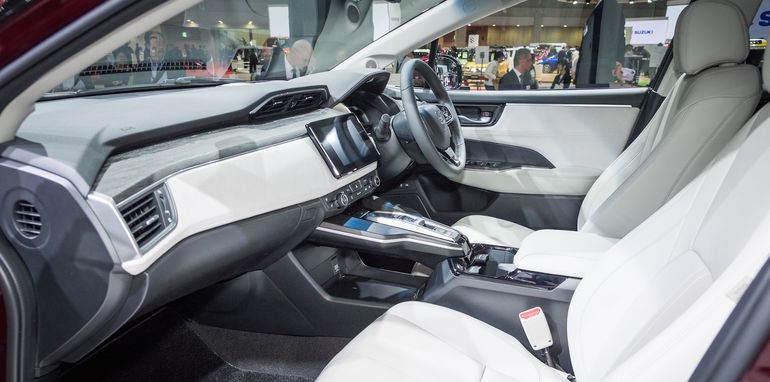
The motor produces 130kW and 300Nm, giving it a 1kW/75Nm advantage over the Accord’s 2.4-litre petrol engine. The sensation from behind the wheel is similar to that of any other electric car, with throttle response immediate and acceleration rapid and silent.
Silent, that is, until you ask a little more from the Clarity’s futuristic powertrain. At higher speeds under hard acceleration, a rushing sound enters the cabin. It’s the sound of compressed air being forced into the fuel cell stack to speed up the chemical reaction process, as well as an increase in the amount of steam passing through the exhaust system.
Based on the Japan’s (flattering) JC08 testing cycle, the Clarity boasts a cruising range of more than 700km, giving it another slight advantage over the circa-650km Mirai.
This sort of range puts it on par with vehicles powered by conventional internal combustion engines, and higher than any pure electric vehicles currently on the market. And unlike EVs that can take anywhere between 30 minutes and eight hours to fully recharge, refilling the Clarity’s tanks with hydrogen takes roughly three minutes, equivalent to refuelling a petrol car.
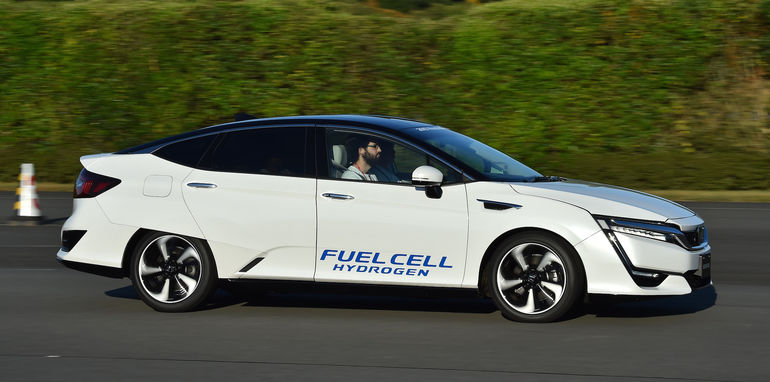
One of the key problems is hydrogen fuelling stations aren’t easy to come by, even in technologically advanced Japan. There are currently only around 20 public refuelling points in the country, though that number will continue to grow as the technology becomes more mainstream.
The price, at 7.66 million yen ($89,200), also makes the Clarity two to three times more expensive than an Accord, meaning that, as with most cutting edge technologies, those that want to be first will have to pay for the privilege.
While our time in the Honda Clarity was brief, it was enough to convince us that hydrogen fuel cell technology is ready for the world, even if the world still isn’t quite ready for it…
Comments
Post a Comment